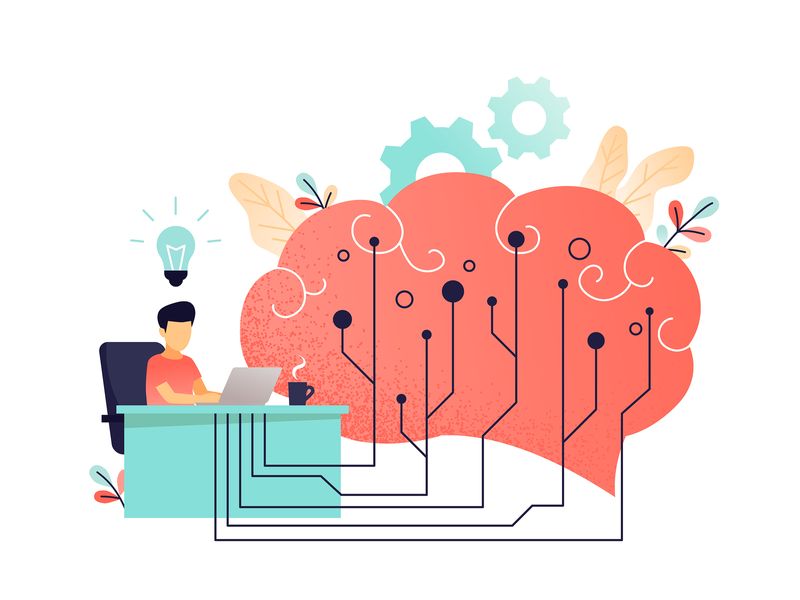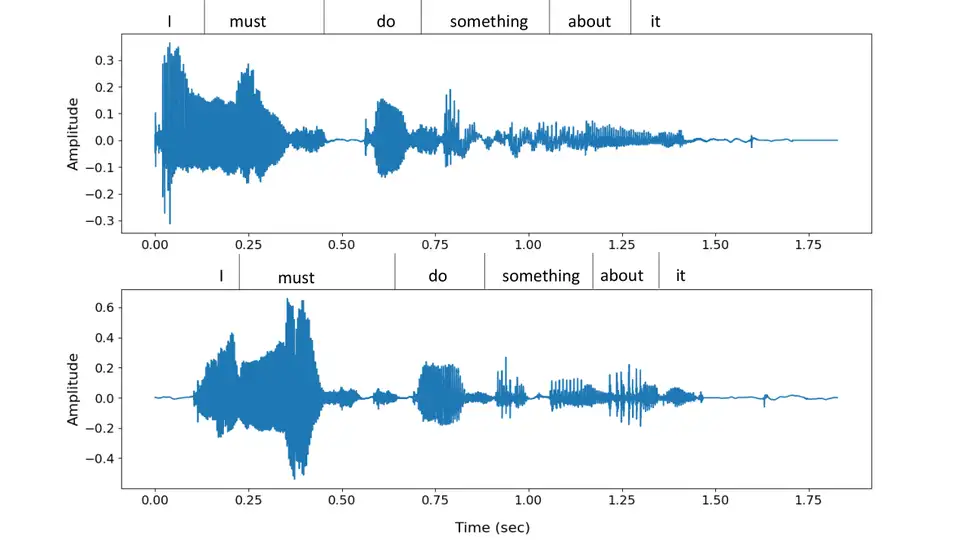5 Ways Artificial Intelligence is Changing the World

The Future of AI: What to Expect in the Next 5 Years”
Artificial Intelligence – Exam Questions

Data Mining Comming Soon! Fuzzy Logic Comming Soon! Artificial neural networks and deep learning Comming Soon! Machine Learning Comming Soon! computer vision and image processing robotics Expert systems and knowledge representation Planning and decision making Game playing and decision making in adversarial environments Reinforcement learning and decision making. Evolutionary computation and genetic algorithms دروس دانشگاهی […]
Top AI topics

Here are some of the top AI topics currently being researched and developed: Here are some additional AI topics that are currently being researched and developed: These are just a few examples of the many different areas where AI is being researched and developed. The field is constantly evolving and new applications are being discovered […]
Artificial intelligence (AI) is a fascinating and rapidly evolving field
Artificial intelligence (AI) is a fascinating and rapidly evolving field that has the potential to change the way we live and work in countless ways. From self-driving cars to intelligent personal assistants, AI is already being used in a wide range of applications that make our lives more convenient and efficient. But the potential of […]
It only takes three seconds for Microsoft’s new AI tool to mimic your voice

VALL-E می تواند لحن احساسی سخنران اصلی را حفظ و حتی محیط صوتی او را شبیه سازی کند. علیرغم اینکه پیشرفتهای زیادی که در تولید ویدیو با هوش مصنوعی انجام شده است، هنوز هم به مقدار زیادی از داده های اولیه مانند عکسهای سر از زوایای مختلف یا فیلمهای ویدئویی نیاز داریم تا سیستم بتواند […]

